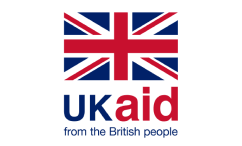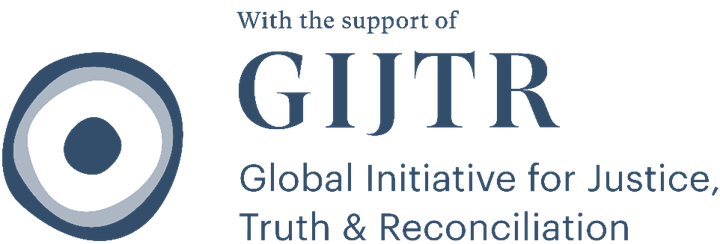Convention on the Rights of Persons with Disabilities (CRPD)
I.1 CRSV under the CRPD
The Convention enshrines and protects the rights of all persons with disabilities, a group that includes 'those who have long-term physical, mental, intellectual or sensory impairments which in interaction with various barriers may hinder their full and effective participation in society on an equal basis with others'. Such barriers are particularly strong during conflicts: conflicts 'heighten the risks faced by persons with disabilities as they seek assistance, support and protection, and they impact access to and may lead to the collapse of essential services. Where services exist, inaccessible communication strategies often exclude persons with disabilities from identifying and utilizing them'.
CRSV is one of the many risks affecting persons with disabilities, especially women and children. In its Preamble, the CRPD highlights 'that women and girls with disabilities are often at greater risk, both within and outside the home, of violence, injury or abuse, neglect or negligent treatment, maltreatment or exploitation', and emphasises the need to incorporate a gender perspective in the promotion of persons with disabilities' human rights and fundamental freedoms.

 EN
EN FR
FR ES
ES UK
UK



